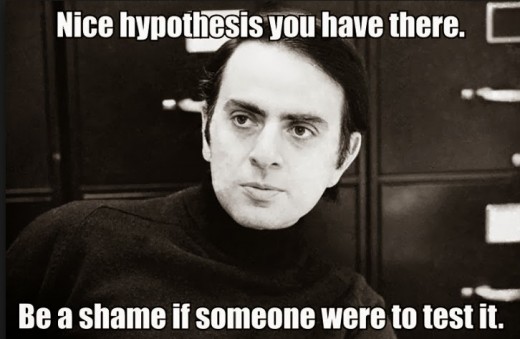6 Easy Steps for Translating Hypothesis Testing

1. Translate the research hypothesis into an operational hypothesis
Ask yourself a few questions that will help you translate your research hypothesis into an operational hypothesis:
- How will the construct be measured?
- What/who is the research population (population in question, i.e. university students)?
- What design is going to be used to test relationship between constructs (groups or correlation)?
- What is the nature or the rule of this relationship?
2. Translate the operational hypothesis into a statistical hypothesis
On the basis of the observations/findings you get from your sample, you need to check whether the relationship proposed by the operational hypothesis actually exists in the population in question. Remember: we use the data we get from our sample to make inferences about the population in question!
Example:
H₀: µ = 100 (Null Hypothesis – the exact opposite of H₁)
H₁: µ > 100 (Alternative Hypothesis or formal statistical hypothesis)
3. Obtain sample data and results
First off, obtain samples from your proposed population (i.e. university students).
- If the result is obviously contradicting the H₁, reject it (i.e, if your research hypothesis states that university students have higher IQs than the general population and your sample mean of university students IQ scores are below the mean score for the general population, then it is obvious that your hypothesis is wrong)
- If the result is in fact higher, you need to test for sampling error. At the heart of hypothesis-testing is the possibility of chance error (due to sampling error), and we therefore need to determine if our result is statistically significant.
4. Calculate probability of sample under the null hypothesis
The probability of getting your sample result under the null hypothesis or the determine the chance error.
We need to calculate the probability value of an error, called the p-value. The p-value tells us how likely/probable it is that our sample finding is due to sampling error or chance.
- The smaller this value, the less likely it is that our finding is an error
- The smaller this value, the more likely it is that the alternative hypothesis is true
- The higher this value, the more likely it is that our finding is an error, therefore the null hypothesis is true
5. The decision rule
We now need to make a decision about the null and alternative hypotheses.
The significance level (Alpha α):
- The researcher specifies a “cut-off” value for p-value
- This is usually set at 0,1 or 0,5
- Now we can formulate a guideline, which we call the decision rule
The DECISION RULE:
- If the p-value of the sample result is smaller than alpha, reject null hypothesis in favor of the alternativehypothesis (the results of our sample is statistically significant).
- If the p-value is larger than or equal to alpha, do not reject the null hypothesis.

6. Relating the finding to a decision about the research hypothesis
When we reject the null hypothesis in favor of the alternative hypothesis, it means the research hypothesis has been confirmed.







